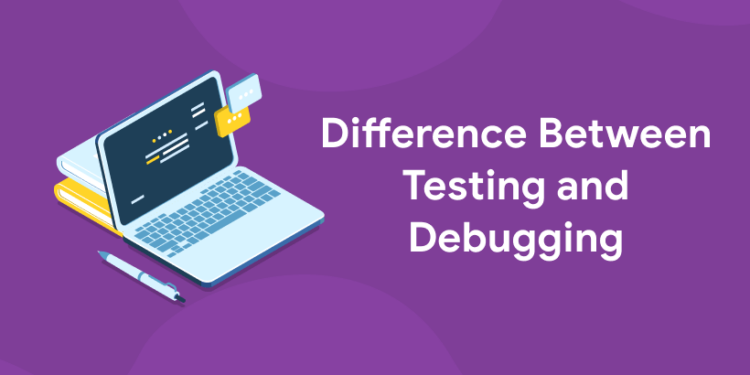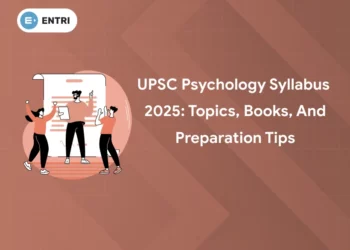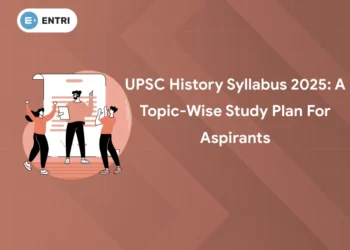Table of Contents
We will learn the distinction between the importance of testing and debugging in this section. Given that they are both utilized at various stages of the software development life cycle and produce different kinds of results, both terminologies are essential components of the SDLC. Both testing and debugging are essential for identifying and fixing errors during development and after the completion of any application or software product created in any programming language. Although they serve a nearly identical purpose, their designs, specifications, advantages, and performances vary.
As a result, it is essential that we correctly comprehend the differences between importance of testing and debugging so that we can produce better software. Before examining the distinction between testing and debugging, we will first talk about their detailed evaluations, which will enable us to make an accurate distinction between the two. Both of these are employed to identify and then fix errors in a system, software, application, or tool. But testing and debugging differ in a number of ways. Finding errors and bugs is done through testing. We use the process of debugging to fix any bugs that were discovered during the testing phase. Continue reading to learn more distinctions between testing and debugging.
What is Software Testing?
Defects in the software product are found through the process of software testing. It is done to verify that the behavior of the software or application matches the specifications. In other words, testing is a group of methods used to evaluate an application’s accuracy in relation to a predetermined specification, but it is not able to detect every software flaw. Each software or application must be tested before being delivered to the clients in order to ensure that it is operating properly and meeting the requirements. It is essentially a process that we use to confirm and validate that an application or piece of software is bug-free, complies with all technical standards, adheres to all development and design specifications, and meets all user requirements. By handling all boundary cases and exceptional cases, testing makes sure that the intended software or application satisfies these requirements effectively and efficiently.
Learn to code from industry experts! Enroll here
What is Debugging?
1: What is software testing?
Debugging, as opposed to testing, is the action that a developer or a development team undertakes after receiving a test report from the testing team regarding bugs in the software. Debugging in the context of software development entails locating and fixing code flaws in a program. In the debugging process, the developer must determine the cause of the specific bug or defect, which is accomplished by carefully examining the coding. When a bug or error is discovered, the developer makes code changes and then double-checks to see if the problem has been fixed.
Once the debugging has been completed successfully, the application is once more forwarded to the test engineers, who continue to conduct the testing. The debugging procedure enables us to identify errors earlier and makes software development simple and stress-free. Now, we can differentiate between testing and debugging based on characteristics and practice techniques. In essence, it is a procedure used to correct any bugs found in software or applications. In doing this, we first identify the errors, then analyze them, and finally fix them. When the intended software is unable to run as intended, debugging begins. Here, we solve the issue and successfully test the software to draw a conclusion. Because we must find and fix errors that are present at every stage of debugging, this process is regarded as being incredibly tedious and complex.
Learn Coding in your Language! Enroll Here!
Differences Between Testing and Debugging
The differences between testing and debugging are mentioned below;
| Parameters | Testing | Debugging |
| Basics | We discover errors and bugs through this process. | It is the method by which we fix the bugs that were discovered during the testing procedure. |
| Code Failure | We can identify the failure of any implemented code using this process. | We use this process to provide the code failure with an absolution. |
| Errors | Errors get displayed in this process. | Errors get deducted and dissolved in this process. |
| Performer | A tester performs testing on any given software or application. | This step of debugging in a program or application is carried out by a developer or programmer. |
| Design Knowledge | One does not need any design knowledge to perform testing. | Design knowledge is a prerequisite to debugging. |
| Insiders and Outsiders | Both- insiders and outsiders can perform testing. | Only an insider can perform debugging. No outsider can perform it on the intended software. |
| Mode of Operation | The process of testing can be both- automated as well as manual. | Debugging must always be done manually because we are fixing the current errors and bugs. A system, piece of software, or application cannot be automatically debugged. |
| Basis of Operation | System testing, integration testing, unit testing, etc. are just a few of the testing levels that make up the testing process. | The process of debugging is based on various types of bugs present in a system. |
| SDLC | It is a stage of SDLC (Software Development Life Cycle). | It’s not at all an aspect of the SDLC. It rather occurs as a consequence of the process of testing. |
| Moment of Initiation | This process can begin after we have completed writing the code. | This process can begin after the execution of the test case and the identification of errors. |
| Steps | This process consists of both- validation as well as verification of the errors. | To match the available symptoms with the cause is the goal of this process. The errors are corrected only after that. |
Conclusion
We learned in this article that testing and debugging are integral components of the software testing life cycle and that both of them are essential in identifying bugs and errors in the software. We can say that testing and debugging are dependent on each other, meaning that one cannot be implemented without the other, after observing the significant distinctions between them. Implementing the debugging process had the result of fixing the problem and making it ready for retesting. The test engineer merely verifies the bugs, which are then fixed by the developers, not the defects. Finally, we can say that the developers carry out the debugging and resolve the problems raised in the debugging by the test engineers.
To make a specific software product better and more improved, testing and debugging processes are carried out. Additionally, it is independent of the testing and debugging teams to which we belong. If you are interested to learn new coding skills, the Entri app will help you to acquire them very easily. Entri app is following a structural study plan so that the students can learn very easily. If you don’t have a coding background, it won’t be a problem. You can download the Entri app from the google play store and enroll in your favorite course.











